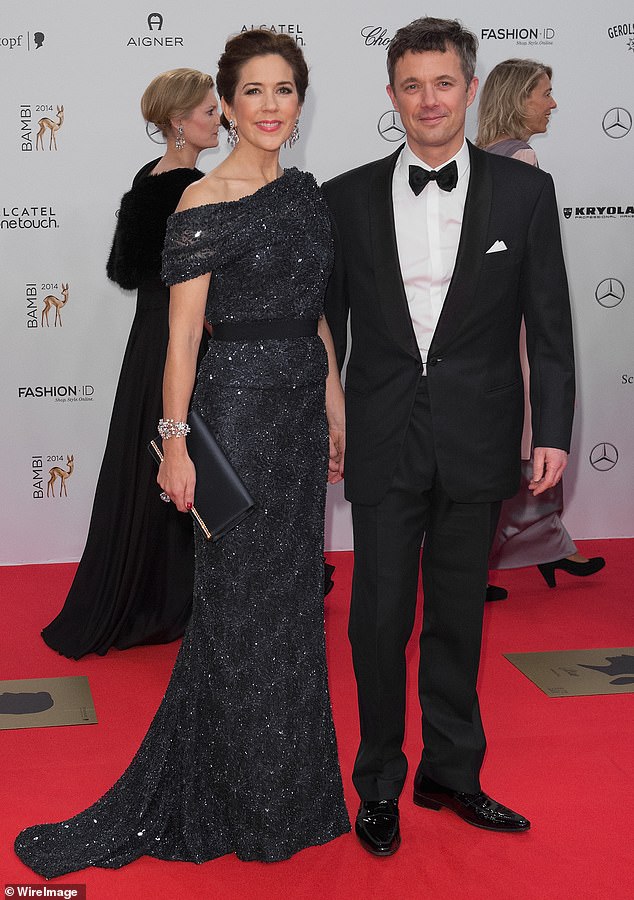On October 8, King Frederick and Queen Mary of Denmark made their first official state visit since the abdication of Queen Margaret II. A year after Frederik’s rumored romance with Mexican socialite Genoveva Casanova, the Danish royals projected an image of stability, reinforced by Mary’s sartorial choice: a striking navy blue dress that she has worn three times, each version subtly updated to remain fresh and relevant.
This dedication to reinventing her wardrobe underscores her commitment to both style and sustainability. It also shows why the Australian remains a master at turning public opinion in her favor, using the most subtle of methods.
In an era when European monarchies are under increasing scrutiny for their extravagance and relevance, Queen Mary of Denmark is cleverly redefining through fashion what it means to be a modern (dare I say, economic) royal.
And with each cleverly recycled outfit, a quiet PR victory is assured.
Mary’s dress, created by Danish designer Jesper Høvring, debuted in 2014 as a floor-length dress with intricate embellishments. A decade later, it reappeared with a tiered skirt, giving it a contemporary touch.
In 2016, the same dress featured the original skirt, but was designed with a boat-neck velvet bodice for a completely different silhouette. These reinventions exemplify his spirit of timeless elegance over fleeting trends.
Since marrying into the Danish royal family in 2004, Queen Mary has earned a reputation as one of the world’s most elegant royals. And much of its appeal lies in its ability to balance grandeur with eco-consciousness, reworking key pieces in ways that feel classic and fresh.
In 2012, for example, she updated a 2007 Birgit Hallstein dress, swapping its empire waist and square neckline for a refined boat-neck design that elevated its elegance.
The first release of this navy blue dress, created by Danish designer Jesper Høvring, in 2014.
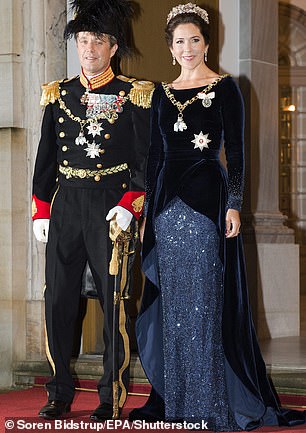
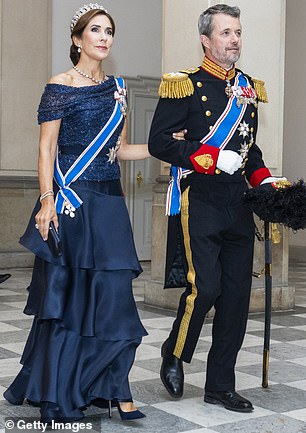
The asymmetrical, embellished bodice was swapped for a grander silhouette in 2016 (left). In the latest evolution of this dress, coming in 2024 (right), the overall impression is one of classic glamour, while the shape of the skirt gives it a unique touch – perfect for a modern monarch.
His creativity is not limited to haute couture. One of her most notable looks is a green brocade skirt artfully reworked from an H&M Conscious Collection dress. Priced at just AU$295 (GBP£150), but sadly no longer available, the piece has been worn on four public occasions, demonstrating its ability to fuse high street affordability with regal sophistication.
This commitment to sustainability is not just sartorial. Mary is a patron of numerous environmental charities and eco-fashion conferences, embodying the same ideals she promotes.
Her efforts have made her the most popular member of the Danish royal family, with an impressive 89 percent approval rating.
As Europe’s royal families face increasing pressure to justify their existence to the taxpayers who fund them, Queen Mary’s approach seems particularly relevant in an era of public austerity.
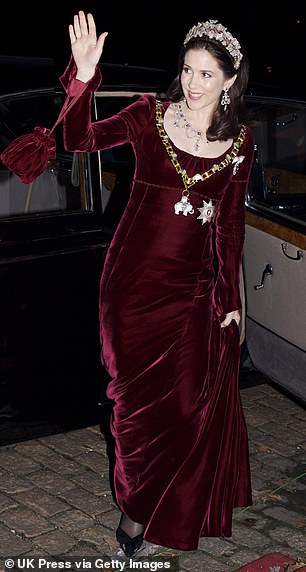
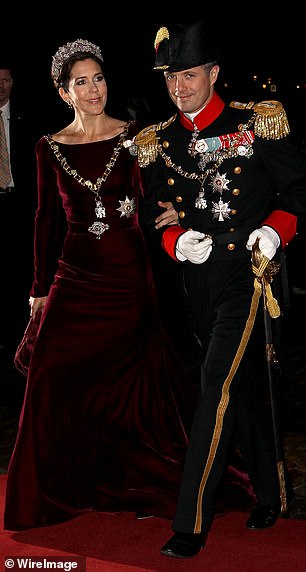
Worn twice during her pregnancy with Princess Elizabeth in 2007, this Birgit Hallstein dress features an empire waist and square neckline, giving it a youthful but slightly dated look. In 2012, she debuted a new version, reconfigured with a bateau neckline, creating an elevated impression. Since then, she has worn the modified dress several times and in several different colors.
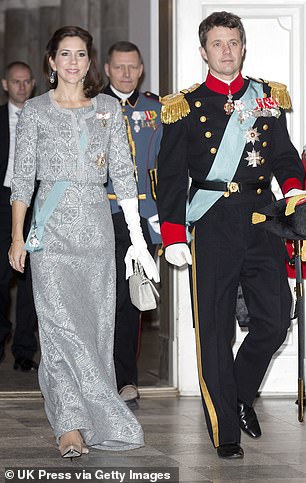
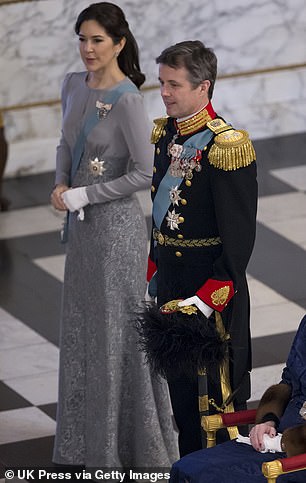
In 2013, Mary’s Julie Fagerholt dress featured a fully embroidered bodice and matching jacket. In 2017, the puffer jacket is nowhere to be seen and the top of the dress has been replaced by a long-sleeved example of simple sophistication.
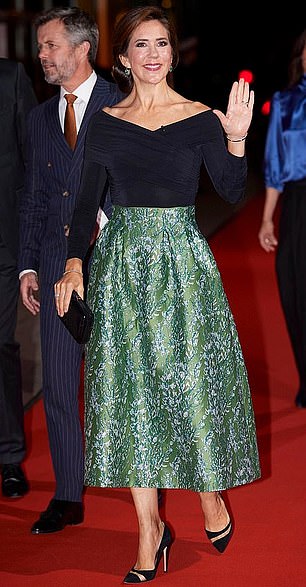
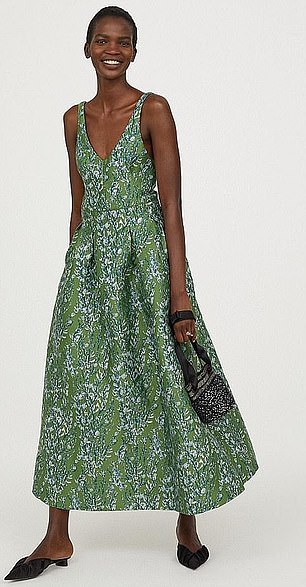
Her creativity doesn’t just extend to gala dresses; Mary has been seen on four separate occasions wearing a stunning green brocade skirt, cleverly reworked from a dress from H&M’s Conscious collection, which sold for AU$295 (£150) but is sadly no longer available .
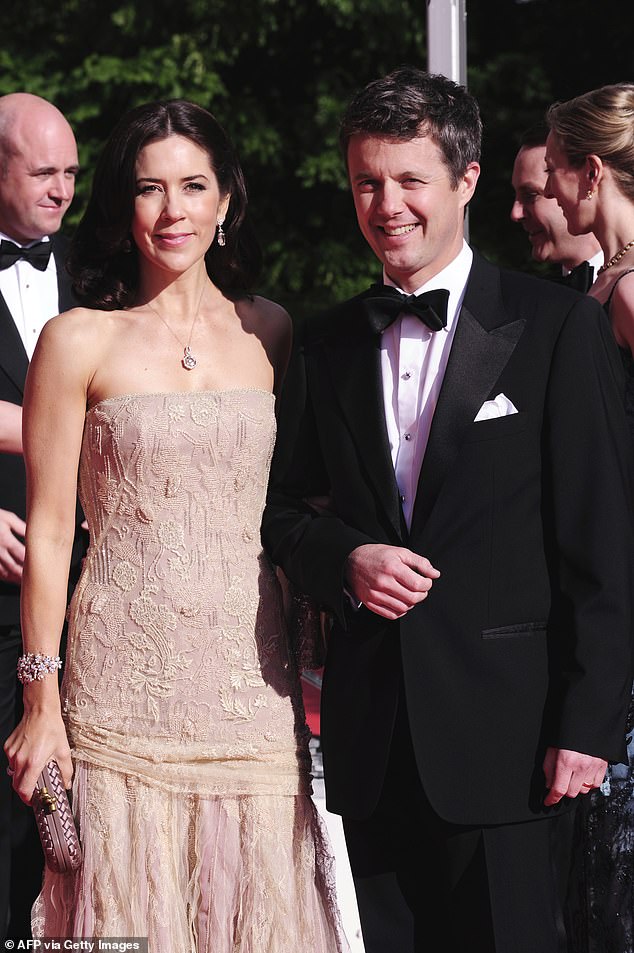
This long Ralph Lauren dress was first seen in 2010 at the pre-wedding dinner of Crown Princess Victoria of Sweden and Prince Daniel.
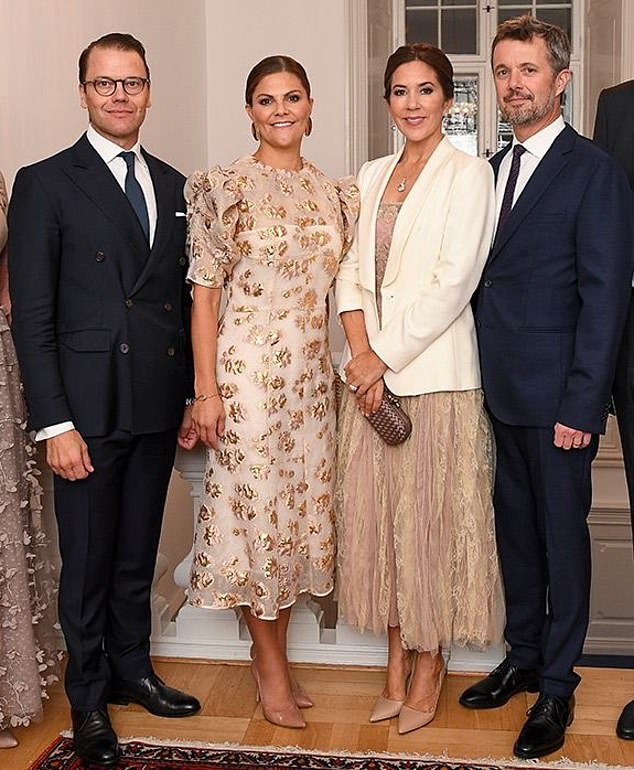
Here Mary, alongside Frederik, is seen wearing the same dress as the couple in 2019, almost a decade later; Mary’s dress, updated with a raised hem, is a touching reference to her wedding.
His careful stylistic choices and willingness to reinvent rather than replace symbolize a move away from excess toward a modern, more purposeful monarchy.
It is a model that resonates with both tradition and the future, combining national pride with a sense of global responsibility.
By embracing this spirit, Mary has not only bolstered her family’s popularity in the wake of her husband’s ‘affair’ scandal, but has also offered a model for how royalty can remain relevant in changing times.
Who would have thought that an artfully reinvented dress could carry so much weight?

